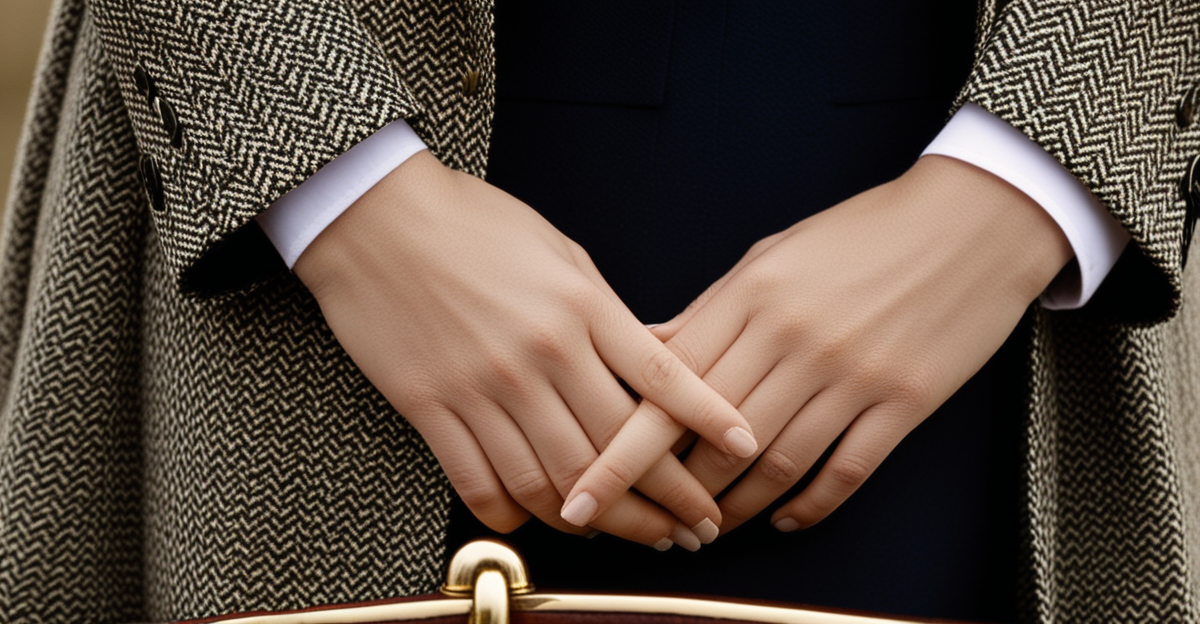Cultural heritage shaping the foundation of modern British fashion
British fashion history is deeply rooted in cultural heritage, with classic tailoring and iconic fabrics like tweed and tartan serving as foundational elements. These textiles, once emblematic of specific regions and social statuses, have transcended their origins to become universal symbols of British style. The precision of traditional British tailoring—known for its structured jackets and meticulous craftsmanship—continues to influence contemporary designers seeking both quality and identity.
Royal and aristocratic traditions also contribute enduring style elements, such as the structured silhouette and distinctive patterns. These features, born from centuries of courtly attire and ceremonial dress, have been carried forward, shaping the recognizable codes of British menswear and womenswear alike.
Also read : What are the seasonal fashion must-haves for UK women?
Historical eras like the Victorian period and the Edwardian age have left indelible marks on British fashion codes. For example, the Victorian emphasis on modesty and intricate detailing informs today’s emphasis on craftsmanship and refinement. Each of these historical influences weaves together to form a rich tapestry—a cultural heritage that defines and continuously shapes modern British fashion.
Multiculturalism and diversity informing contemporary style
Cultural heritage is no longer the sole influence on British fashion history; multicultural influences have become pivotal in shaping contemporary styles. How has migration impacted British fashion? Immigration and diaspora communities introduce a wealth of new design perspectives, patterns, and materials. This infusion expands traditional British elements like tweed and tartan with global motifs, creating a vibrant fusion of cultures.
In parallel : What Are the Must-Have Pieces in a UK Woman’s Capsule Wardrobe?
For instance, South Asian textiles and African prints often merge seamlessly with classic British tailoring—offering fresh interpretations without losing heritage’s essence. This blending exemplifies how multiculturalism elevates British fashion history beyond its original confines while respecting traditional elements.
Why does this matter today? British fashion’s ability to embrace diversity reflects broader social changes and global fashion trends. It fosters inclusivity and innovation, ensuring the industry remains dynamic and relevant.
Emerging designers from varied cultural backgrounds illustrate this shift. They draw on their heritage while engaging with British fashion history, crafting collections that celebrate multicultural narratives. Through these lenses, British fashion history evolves from a single story into a vibrant, shared tapestry enriched by migration and diversity. This evolving approach embodies the true spirit of contemporary style, balancing respect for tradition with openness to global influences.
Reinterpretation of heritage by leading British designers
Leading British designers continually reinterpret cultural heritage, blending tradition with innovation to keep British fashion history vibrant and relevant. Vivienne Westwood, for example, revolutionised punk fashion by infusing it with classic tailoring techniques, challenging norms and elevating rebellious styles to high fashion. Her work embodies how reinterpretation can disrupt yet honour traditions simultaneously.
Burberry showcases another facet of this approach. It modernises its iconic trench coats and check patterns by incorporating contemporary cuts and sustainable materials. This blend of heritage and innovation appeals to global audiences, demonstrating how British fashion history evolves through thoughtful redesign.
Oswald Boateng, renowned for his sharp tailoring, injects vibrant colours and cultural narratives into traditional menswear, broadening British fashion’s narrative. His work exemplifies innovation rooted in a deep understanding of cultural heritage, bridging the past and present with striking effect.
These designers also collaborate with streetwear brands, merging classic British fashion with urban styles. This cross-pollination illustrates how heritage adapts to current tastes, reflecting both cultural shifts and global fashion trends. Such case studies highlight the dynamic evolution of British fashion history, where modern designers lead the way in redefining traditional elements for today’s market and beyond.
Current trends blending tradition and modernity
British fashion history now embraces sustainability by integrating traditional practices with modern innovation. Upcycling, for example, transforms vintage tweed and tartan fabrics into fresh, eye-catching pieces, marrying heritage with eco-friendly values. This approach not only reduces waste but also celebrates the cultural heritage embedded in these classic materials.
Fashion trends show a strong revival of heritage prints and textiles, updated with contemporary cuts and colours. Designers reimagine tartans and checks with bold palettes, ensuring the traditional elements remain relevant to today’s consumers. This blend of nostalgia and forward-looking design keeps British fashion history alive and dynamic.
Contemporary style benefits from balancing respect for tradition with a clear focus on sustainable innovation. Collectors and consumers alike appreciate clothing that honors craftsmanship while addressing environmental concerns.
By adopting sustainable methods and modern silhouettes, British fashion demonstrates how tradition meets innovation with practical, stylish results. This synergy empowers designers and wearers to engage with longstanding heritage in ways that resonate with present and future needs.










